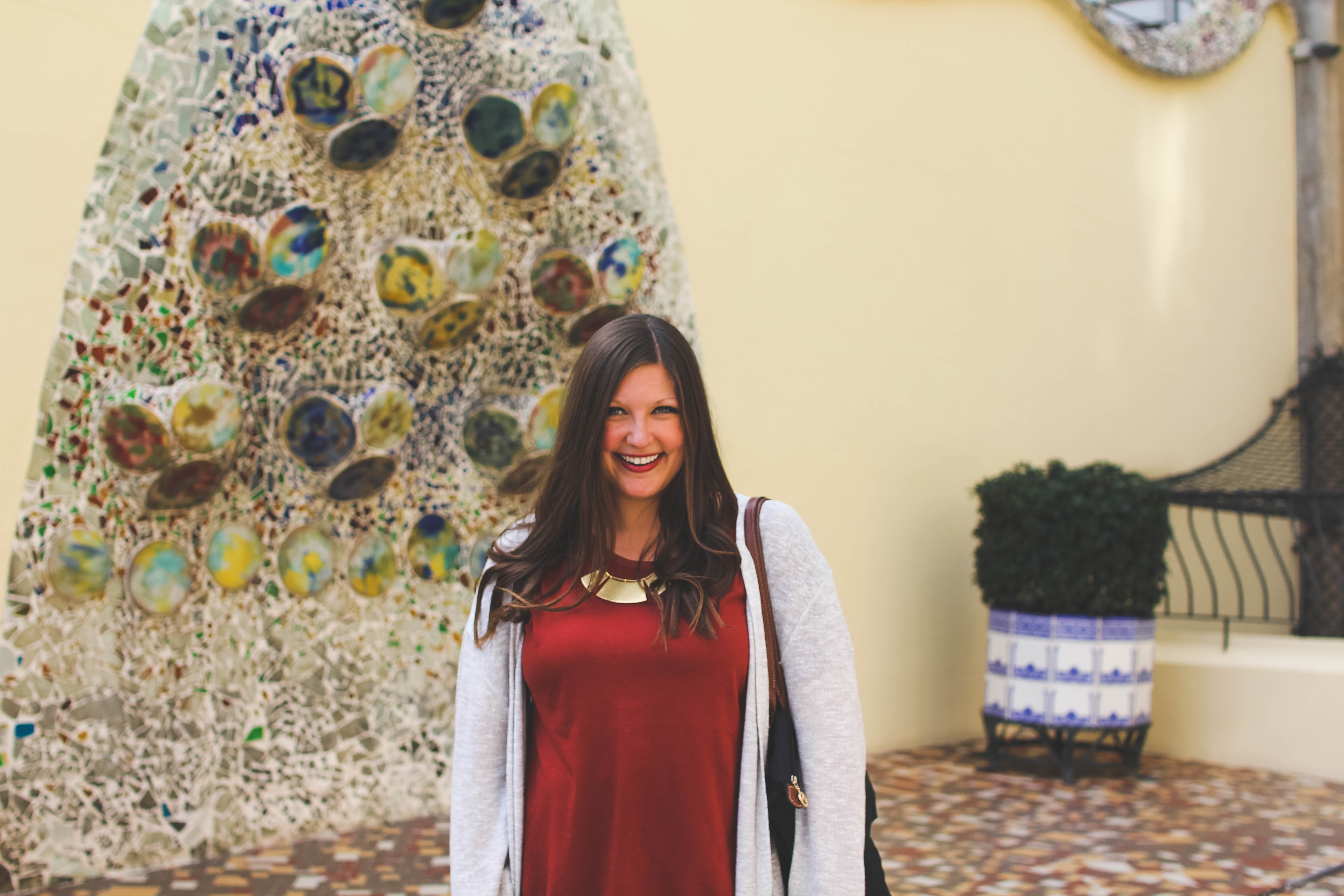You've done it again, Spain.

Valencia had been on my Spain Bucket List for over a year, so once I finally booked my weekend getaway to the east coast of Spain, I had developed some pretty high expectations.
So in this delightfully diverse country with hidden gems in every corner, do you think I was disappointed?
Of course not.


First, let's talk about the cuisine. The region of Valencia is home to Spain's most famous dish, paella. This tasty concoction of rice, vegetables, meat, seafood and saffron can be absolutely heavenly when done right. Unfortunately, bad paella can be found near tourist traps far and wide throughout Spain. (Rule of thumb: if there's a picture of paella in the restaurant's window, don't eat there.)
However, if you do your research, Valencia can be a paella lover's dream. We indulged on the vegetable paella at La Pepica, an old haunt of Hemingway's. At this traditional, airy restaurant by the sea, I could almost picture good ol' Ernest himself declaring what a fine place it was. We enjoyed our exquisite pan of paella alongside some mussels and local white wine, rendering it the perfect meal.


And what better way to wash down some savory paella than with a pitcher of Agua de Valencia? A blend of freshly squeezed orange juice, Cava (Spain's version of champagne) vodka and gin, this upgraded mimosa just might be my new favorite cocktail.
Not to mention, there's also the Mercat Central de Valencia, which unquestionably makes my list of all-time favorite food markets in Europe.




I timed my trip to coincide with the first weekend of Valencia's Las Fallas festival, which is held every year from March 15th - 19th. Appropriately named "the fires", Las Fallas is a colorful fiesta filled with larger than life paper mâché statues that mock political and cultural issues, gunpowder shows in the middle of the day, and a lifetime's worth of pyrotechnics. On the last night of the festival, the city is set ablaze as the satirical paper mâché figures called ninots (meaning "puppets" or "dolls") are burnt to the ground.



Despite only being in Valencia for a full day and a half, I found the city to be completely enchanting. I'm already aching to go back and spend more time exploring the city. (And drink more Agua de Valencia, obviously.) There are still so many things that I have yet to discover, like the intriguing City of Arts and Sciences and the gorgeous, vast beaches. Moreover, I'd love to witness the Nit del Foc, the last night of Las Fallas festival where all of the ninots are set on fire.
With so many excuses to spend more time in Valencia, I sincerely hope I get the chance to go back soon and get to know this picturesque city better.
My Valencia Picks:
Where to Get Your Paella Fix: La Pepica
Must-Try Dishes: Paella, buñuelos de calabaza (pumpkin fritters), horchata, Agua de Valencia
Can't Miss Sights: Mercat Central de Valencia, City of Arts and Sciences, Catedral de Valencia
When to Go: March 15th - 19th for Las Fallas festival
Best Agua de Valencia: Café de las Horas


































